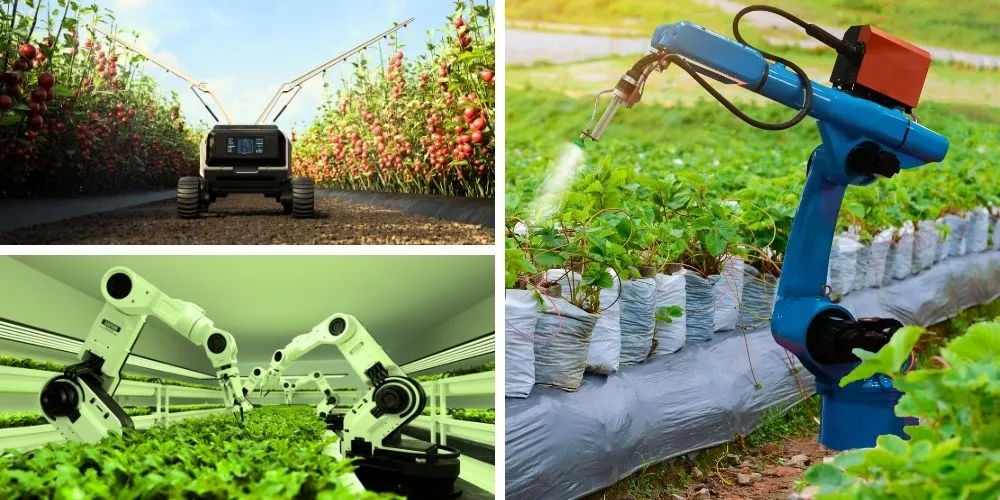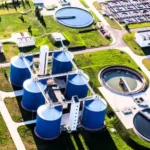Key Points:
- Sustainable agriculture technology utilizes data analytics, GPS, and IoT devices to optimize farming practices, reducing resource use and environmental impact.
- Vertical farming maximizes space usage and reduces water consumption by growing crops in controlled environments, ideal for urban areas.
- Develops resilient crops using CRISPR and other gene-editing technologies to enhance climate tolerance, pest resistance, and nutritional content.
- Ongoing innovation in sustainable agriculture technology promises to enhance global food security and environmental sustainability.
The agricultural industry is transforming as innovative technologies pave the way for sustainable farming practices. With the global population expected to reach 9.7 billion by 2050, the demand for food is skyrocketing, necessitating more efficient and environmentally friendly agricultural methods. Sustainable agriculture technology is at the forefront of this revolution, promising to enhance productivity while minimizing environmental impact.
One of the most promising advancements in sustainable agriculture is precision agriculture, which utilizes data analytics, GPS, and IoT (Internet of Things) devices to optimize farming practices. By collecting real-time data on weather patterns, soil conditions, crop health, and more, farmers can make informed decisions that enhance efficiency and reduce waste.
Drones and satellite imagery play a crucial role in precision agriculture by providing detailed aerial views of fields. This allows for precise crop growth monitoring and early pest infestations or nutrient deficiencies detection. This targeted approach enables farmers to apply water, fertilizers, and pesticides only where needed, significantly reducing resources and minimizing environmental impact.
Vertical farming is another innovative solution addressing the challenges of traditional agriculture. In controlled indoor environments, vertical farms often maximize space usage and reduce the need for arable land. This method also allows for year-round cultivation, independent of weather conditions, leading to higher yields and a consistent food supply.
LED lighting and hydroponic or aeroponic systems are commonly used in vertical farming to provide plants with the necessary light and nutrients while using up to 90% less water than conventional farming methods. This technology is particularly advantageous in urban areas, where space is limited and the demand for fresh, locally-grown produce is high.
Advancements in genetic engineering are also contributing to sustainable agriculture by developing crops that are more resilient to climate change, pests, and diseases. CRISPR and other gene-editing technologies enable scientists to enhance desirable crop traits, such as drought tolerance, nutrient efficiency, and resistance to pests and diseases.
These genetically engineered crops require fewer chemical inputs and are better suited to withstand the challenges of a changing climate, reducing agriculture’s environmental footprint. Additionally, biofortification efforts are underway to improve the nutritional content of staple crops, addressing malnutrition and food security concerns.
Another critical aspect of sustainable agriculture technology is integrating sustainable energy with renewable sources, such as solar and wind power, into farming operations. Renewable energy reduces farms’ carbon footprint and provides a reliable power source for automated systems, such as robotic harvesters and autonomous tractors.
Automation further enhances efficiency by reducing labor costs and increasing precision in planting, watering, and harvesting tasks. These technologies improve productivity and contribute to more sustainable and resilient agricultural practices.
The future of sustainable agriculture technology is bright, with continuous research and development driving innovation. As these technologies become more accessible and affordable, they have the potential to transform agriculture on a global scale, promoting food security and environmental sustainability. By embracing these advancements, the agricultural industry can meet the rapidly growing demand for food while naturally preserving and mitigating the impacts of climate change.












